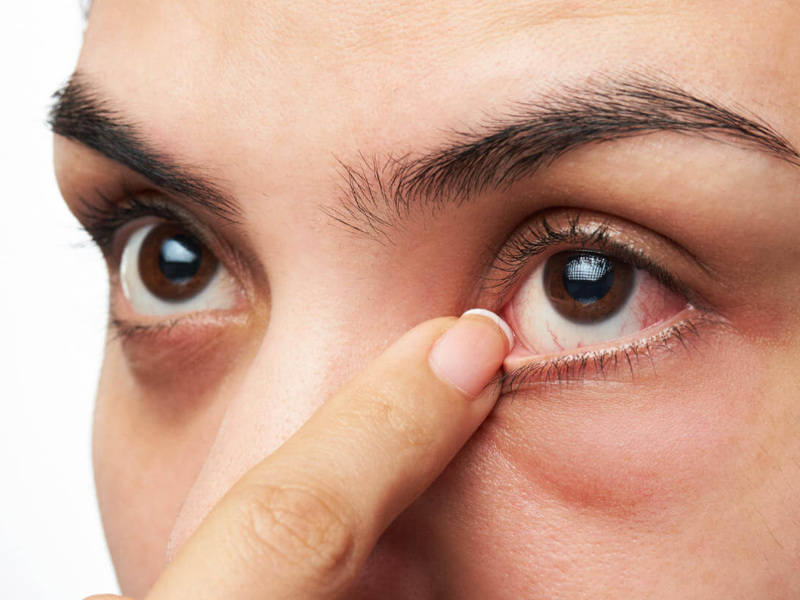
Introduction
Diabetic retinopathy (DR) is a complication of diabetes that affects the blood vessels in the retina of the eye. It is a leading cause of blindness in adults and requires proper management to prevent vision loss. There are several ways to manage DR, including lifestyle changes, medications, and surgery. The management of DR requires a multidisciplinary approach involving a team of healthcare professionals, including an ophthalmologist, endocrinologist, and primary care physician.
The first step in managing DR is to control blood sugar levels. This can be achieved through lifestyle changes such as regular exercise, a healthy diet, and weight management. Medications such as insulin or oral hypoglycemic agents may also be necessary to control blood sugar levels. Keeping blood sugar levels within the target range can prevent or slow down the progression of DR.
Regular eye exams are also critical in managing DR. The American Diabetes Association recommends that people with diabetes have a comprehensive eye exam at least once a year. During the exam, the eye doctor will dilate the pupils and examine the retina for signs of DR, such as damaged blood vessels, swelling, or bleeding. If DR is detected, the eye doctor may recommend further tests, such as a fluorescein angiogram or optical coherence tomography, to determine the extent of the damage.
Treatment options for DR depend on the stage and severity of the disease. In the early stages, managing blood sugar levels and blood pressure may be enough to slow down the progression of the disease. If the disease has progressed to a more advanced stage, laser therapy may be recommended. During laser therapy, a special laser is used to seal off the damaged blood vessels and prevent further bleeding and leaking.
In some cases, injections of medication into the eye may be necessary. These medications, such as anti-VEGF drugs, can help reduce swelling and prevent the growth of new blood vessels in the retina. These injections are typically given on a regular basis, usually once a month, and may be necessary for an extended period.
In advanced cases of DR, surgery may be necessary to remove blood and scar tissue from the eye. This procedure is known as a vitrectomy and involves the removal of the vitreous gel that fills the eye and the replacement of the gel with a saline solution.
In addition to the above treatments, it is essential to manage other factors that can worsen DR, such as high blood pressure and high cholesterol levels. Medications may be necessary to manage these conditions, and lifestyle changes such as a healthy diet and regular exercise can also help.
It is also important to avoid smoking, as smoking can increase the risk of DR and worsen the condition in people who already have it.
In conclusion, the management of diabetic retinopathy requires a comprehensive approach that involves controlling blood sugar levels, regular eye exams, and appropriate treatment based on the stage and severity of the disease. It is crucial for people with diabetes to work closely with their healthcare team to prevent or slow down the progression of DR and preserve their vision. By making lifestyle changes, taking medications as prescribed, and undergoing appropriate treatments, people with DR can reduce the risk of vision loss and maintain their quality of life.
